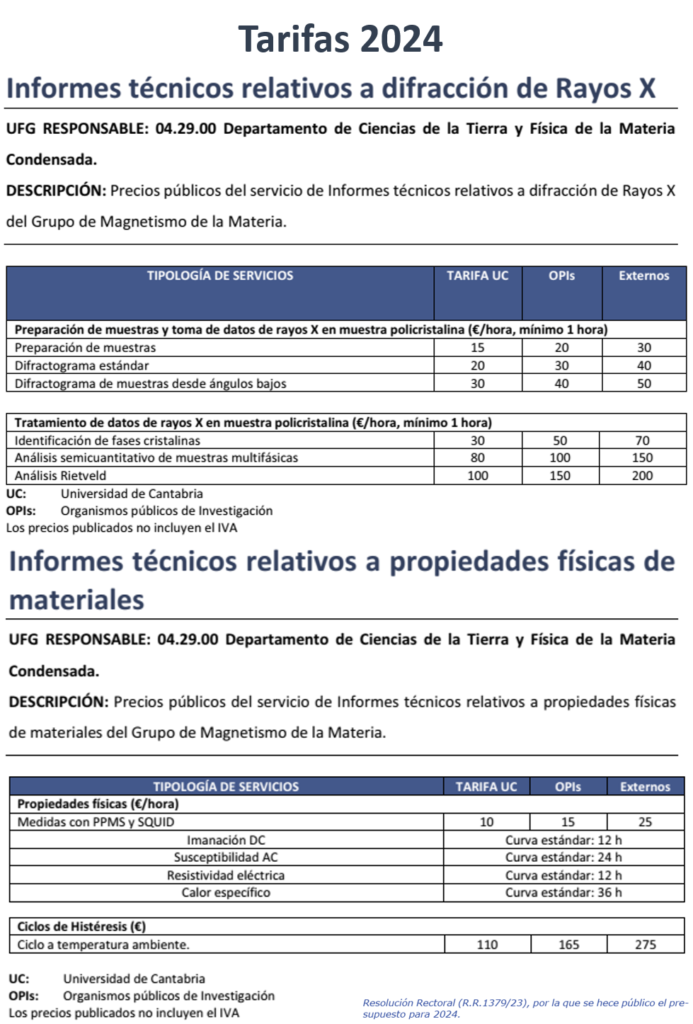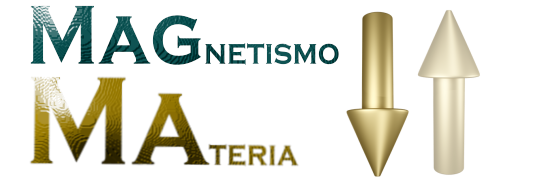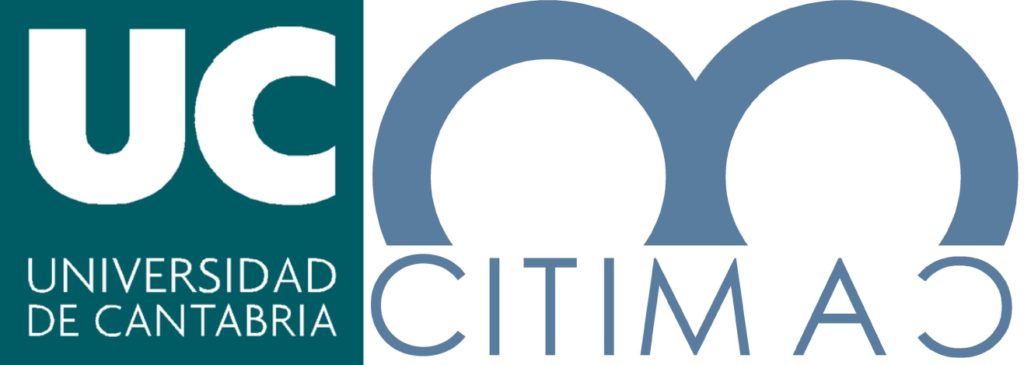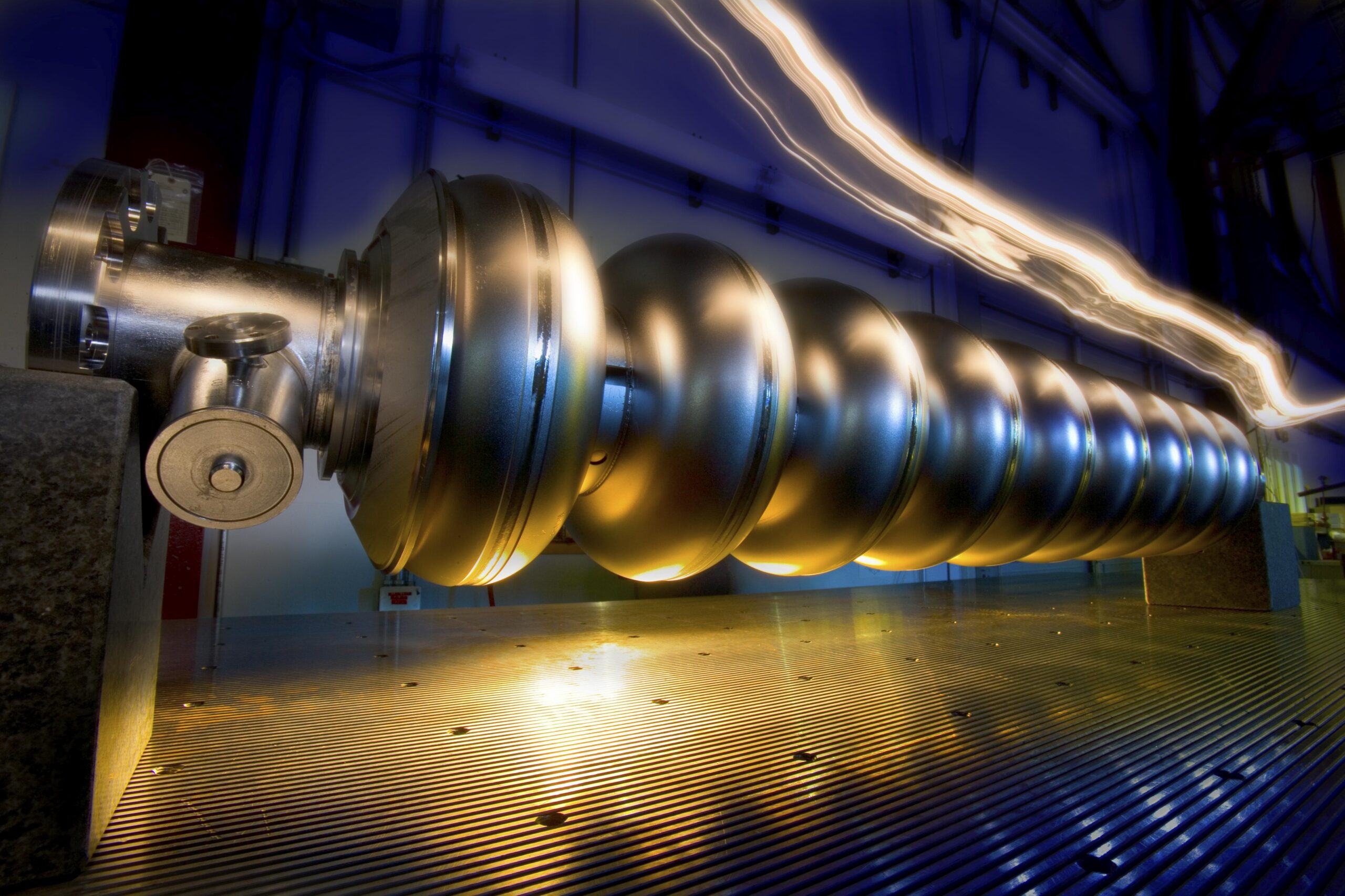The scientific and technical services provided by the Magnetism in Matter group are within the general facilities of the Universidad de Cantabria.
Please send an email to the person in charge indicated below and, we will contact you for more details and to offer you a service quotation.
Magnetic characterization services
Person in charge: Jose I. Espeso

This magnetometer is based on a QD-MPMS (SQUID) detector that is able to determine extremelly low magnetization signals present in the material under study. This magnetization can be evaluated under several conditions of external magnetic field and temperature. The core system consists of a superconducting longitudinal solenoid able to generate mangetic fields up to 5 Tesla. The system has also able to precisely control the temperature at the sample space at any value from 2K to 400K with a stability condition of les than 0.1% of oscillation. Pressure cell up to 15 kbar.
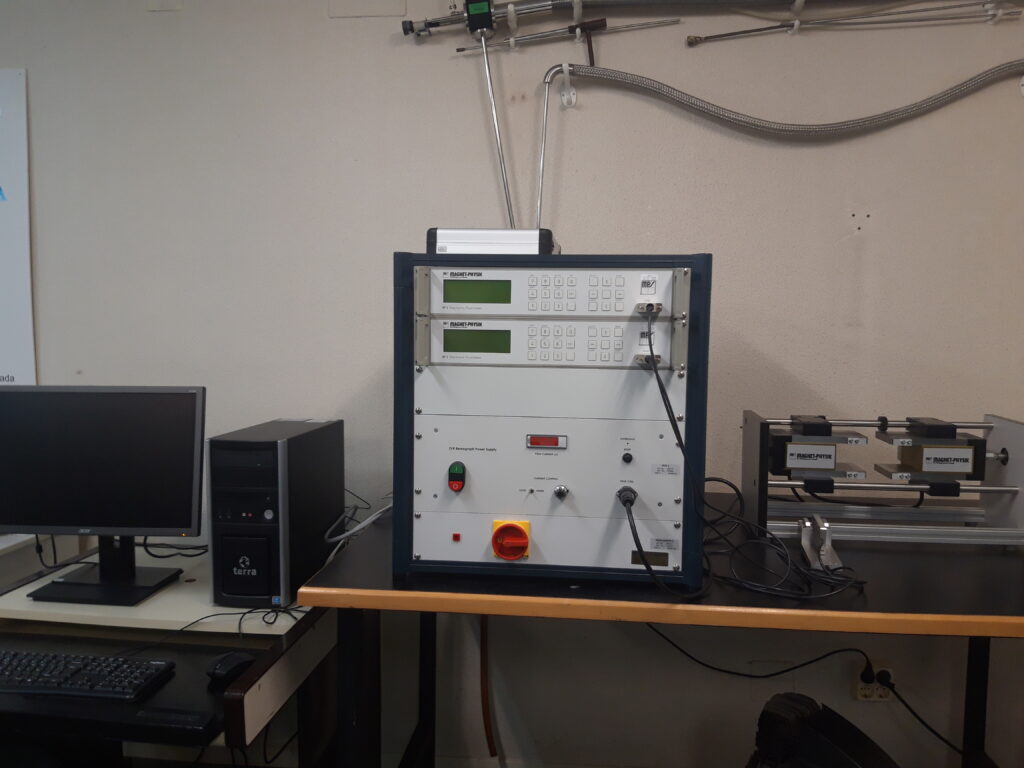
The REMAGRAPH ® C is a hysteresigraph for taking quasi-static (DC) measurements on soft magnetic material
The REMAGRAPH ® C allows measuring a variety of materials with different magnetic properties, for example: Soft magnetic steel, Electrical steel, Ferrous alloys, Soft magnetic ferrites, Crystalline Ni-Fe alloys and compounds, Amorphous magnetic materials, Nanocrystalline alloys, Soft magnetic composites (SMC).
X-ray Diffraction characterization services
Person in charge: Manuel De Pedro Del Valle
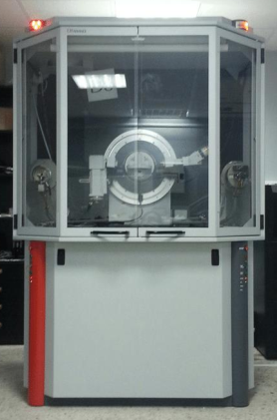
This service aims to support basic and applied research, in different areas of knowledge; especially on Chemistry, Physics, Geology and Materials Science.
With a long background since 2000, it provides supports to different national and international research group and companies for identification of minerals and other crystalline phases in prospecting for mineral deposits, rocks and industrial minerals, samples of rocks, soils, archaeological remains (ceramics, bones, teeth, etc.), industrial and construction materials, catalysts, industrial refractories, sand, medicines, among others. In addition, the service has been approved by the U.S. Food and Drug Administration (FDA) for testing certain chemicals used in the pharmacological industry.
Equipment
Bruker D8 Advance: Operates with Theta-Theta geometry, with Cu K-alpha radiation and a linear LynxEye detector. It can be used with different sample holders and a spinner to improve the statistics of the measurements. For users who require it, phase identification is carried out using specific software, in combination with the ICDD and COD databases. The results obtained are sent to users in the form of reports, graphs and/or tables. Likewise, this provided information includes the specifications of the used equipment, measuring conditions, methodology for preparing the samples, etc.
The D8 Advance diffractometer from Bruker is equiped with a high temperature camera (up to 1200ºC), as well as a low temperature camera at cryogenic temperatures (LN2).
Electronic and Thermal characterization services
Person in charge: Jesús Rodríguez Fernández

QD-PPMS (magnetic field up to 9 T) multipurpose system which allows to measure, DCmagnetization, nonlinear susceptibility, specific heat and resistivity (compacted samples) controlling the sample space temperature to any value between 2K and 400K with a stability condition of less than 0.1% of oscillation.
- Electrical resistivity
- Hall effect
- Seebeck effect
- Magnetoresistance
- Magnetic susceptibility (AC/DC)
- Specific heat coefficient
Low temperature scanning tunneling microscope – LT-STM
Person in charge: César Moreno Sierra

Low temperature scanning tunnelling microscope (Omicron NanoTechnology GmbH LT STM with Matrix controller) operated in ultra-high vacuum (UHV, low 10-10 mbar vacuum), variable temperature (300 K, ~78 K (with LN2) and ~5 K (with LHe)) and coupled to a preparation UHV chamber equipped with resistive heater (up to 800ºC), ion sputtering gun (IQE 11/35 SPECS), home-built single evaporator for organic materials, lock-in amplifier (SR830, Stanford Research Systems) and residual gas analyzer (RGA).
Coarse motion piezo drivers x/y/z: 2.5/2.5/10 mm Scan range: 10×10 µm2 (@ 300 K), 4.4×4.4 µm2 (@ 77 K) and 1.8×1.8 µm2 (@ 5 K); Sample size: 1×1 cm2
It allows for the preparation and imaging of conductive surfaces in a UHV environment, down to the atomic scale.
Price list
